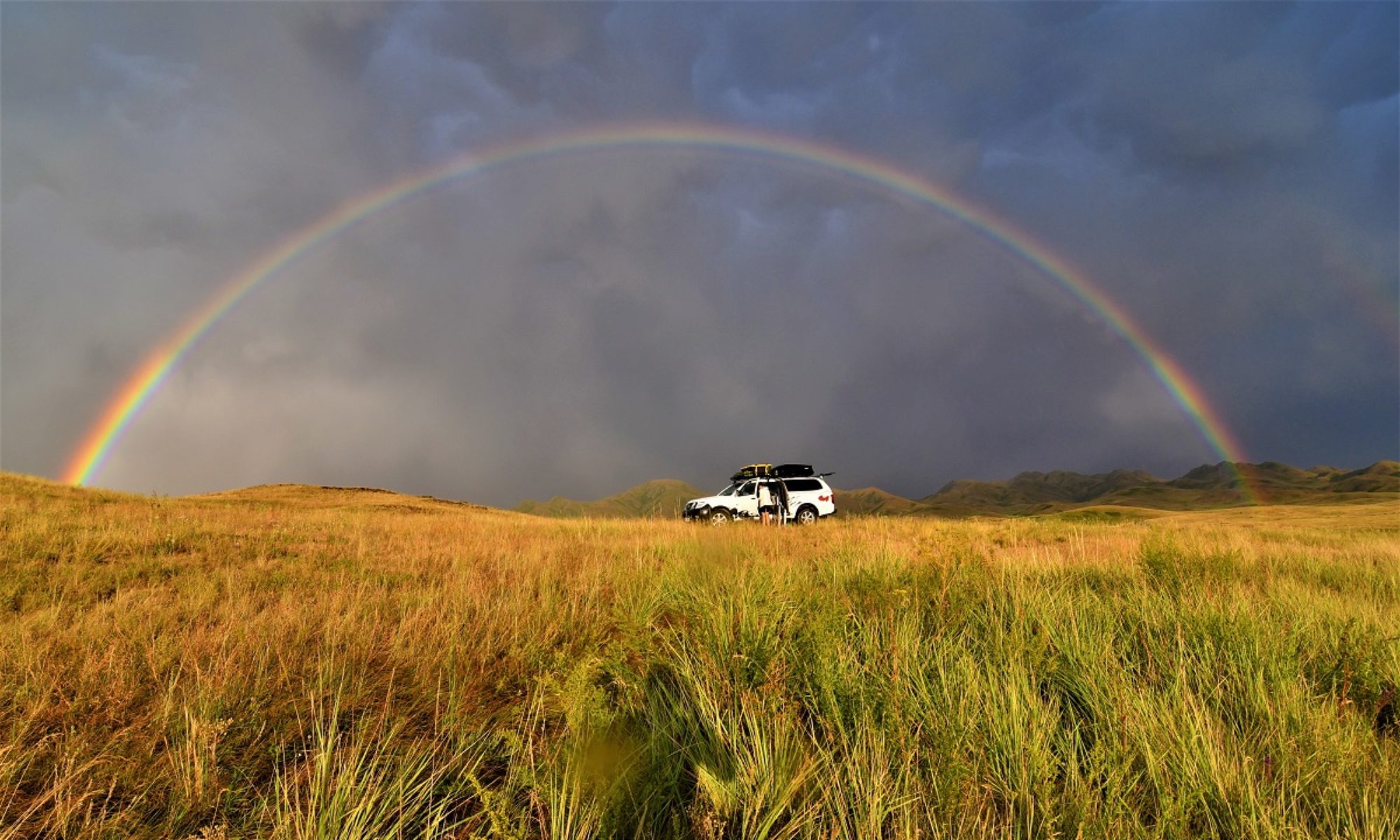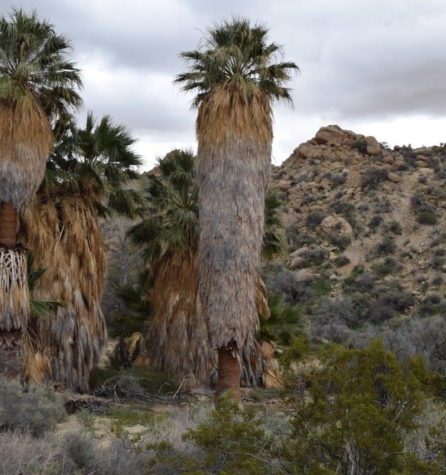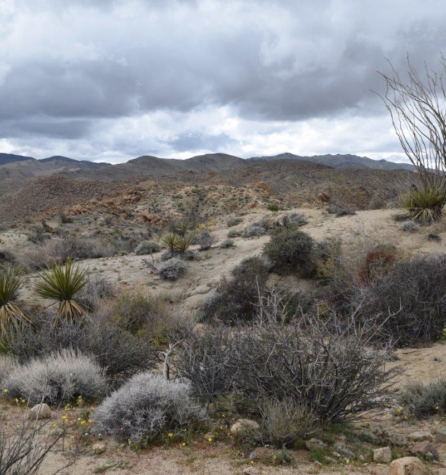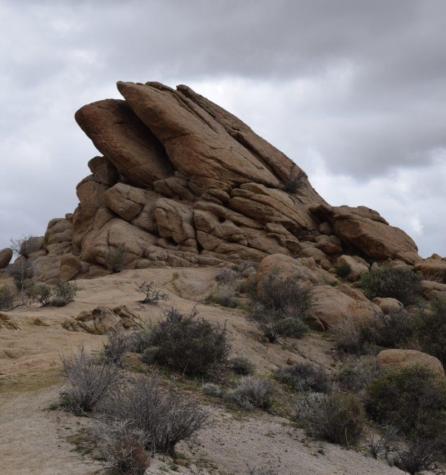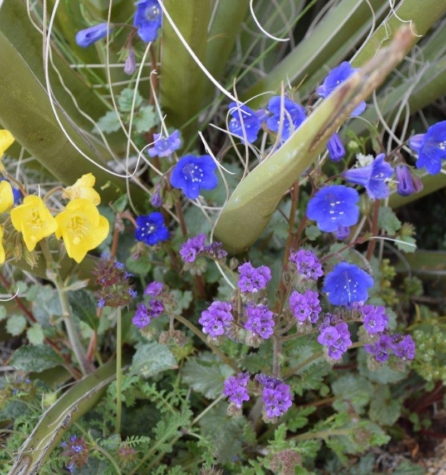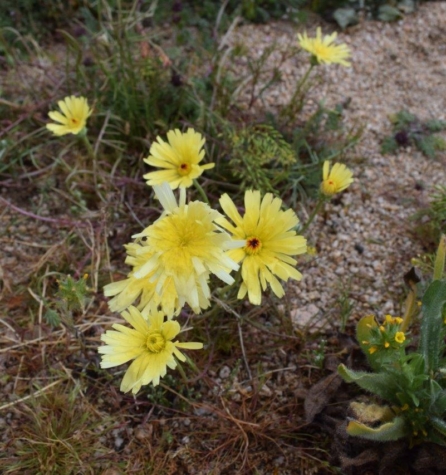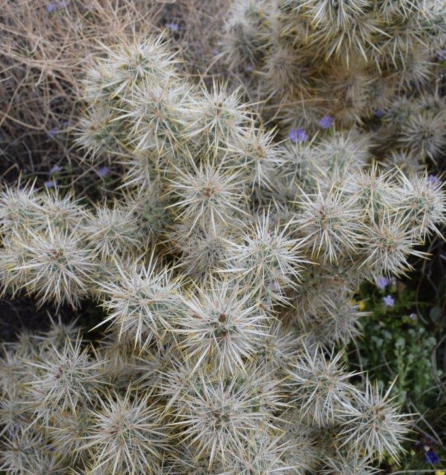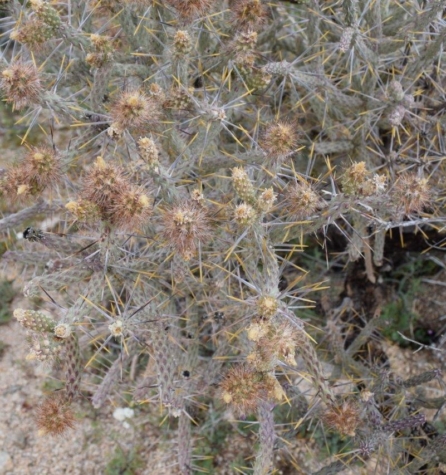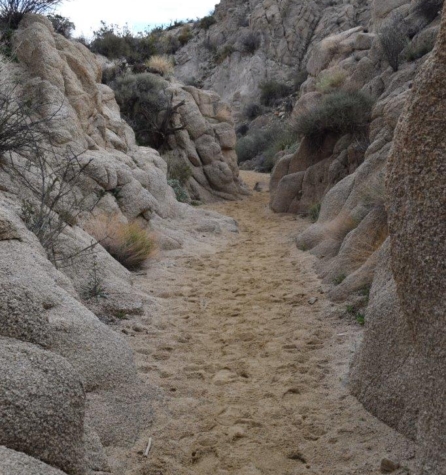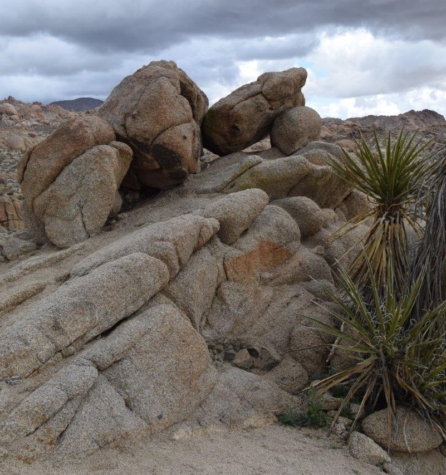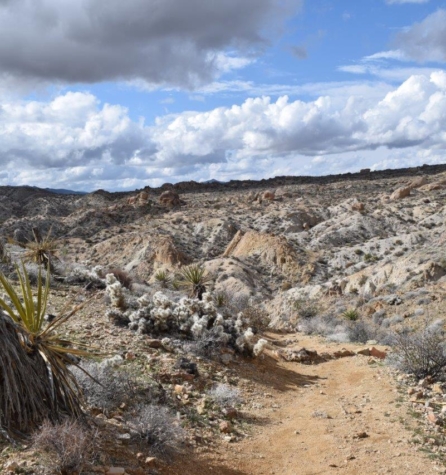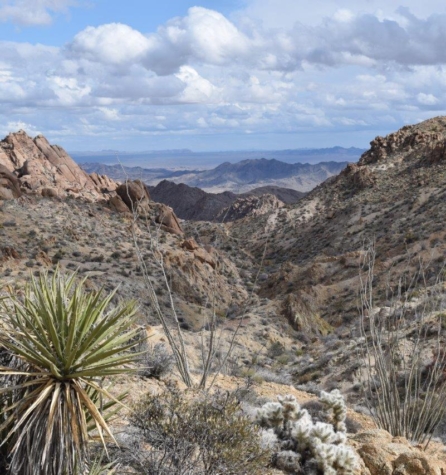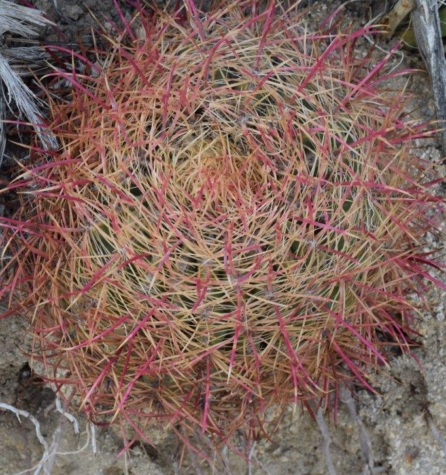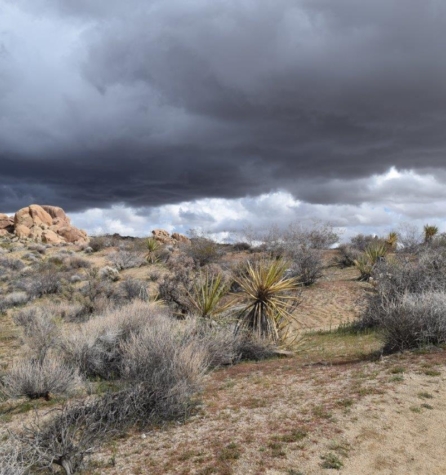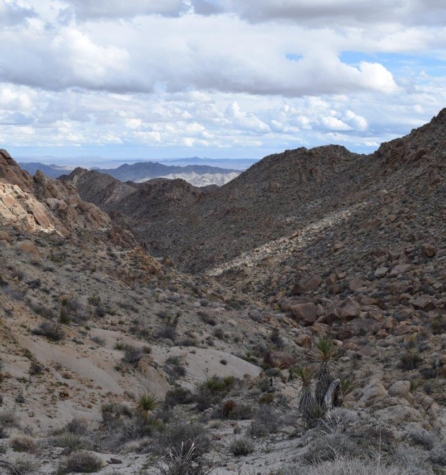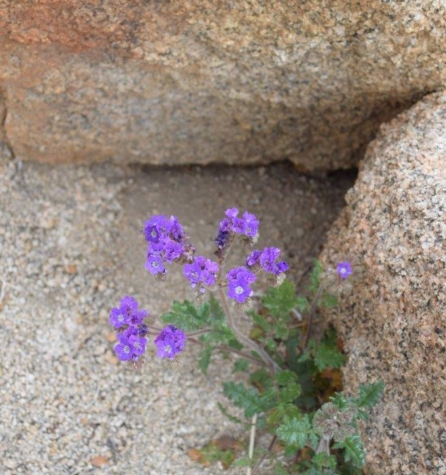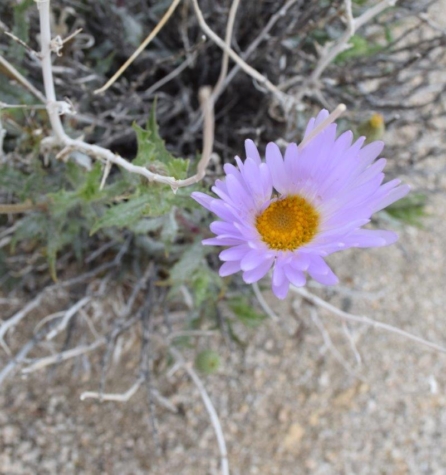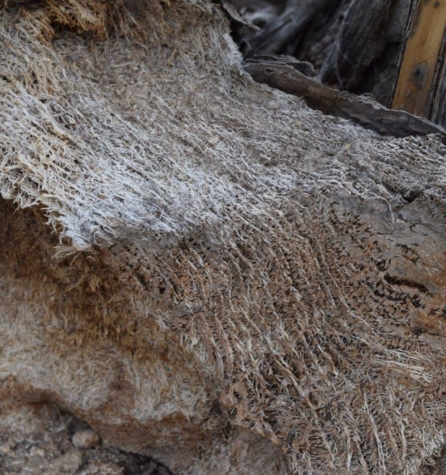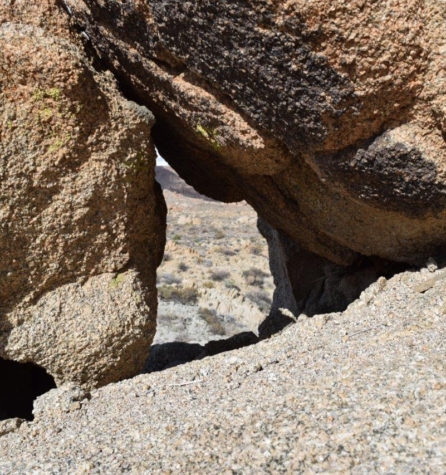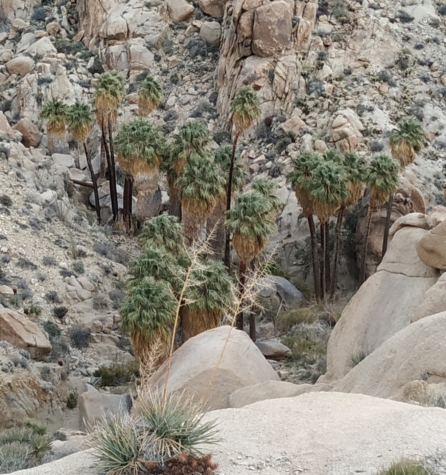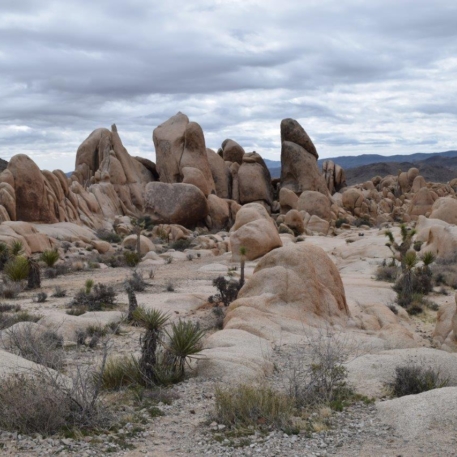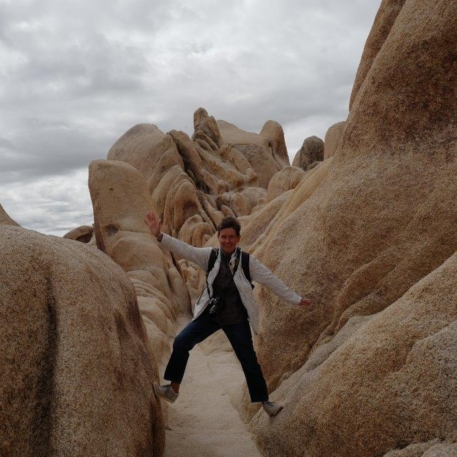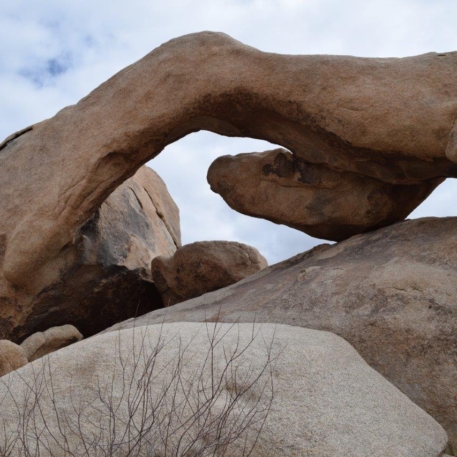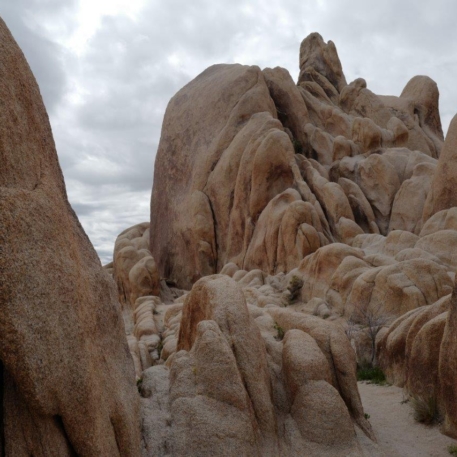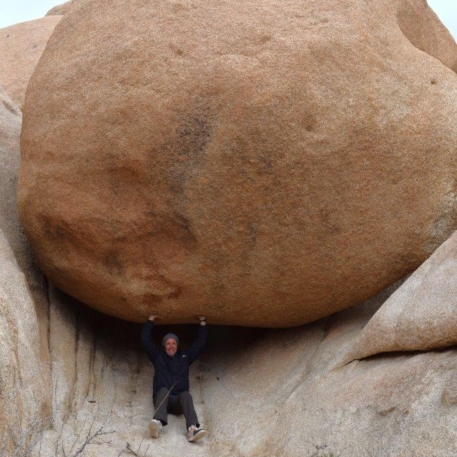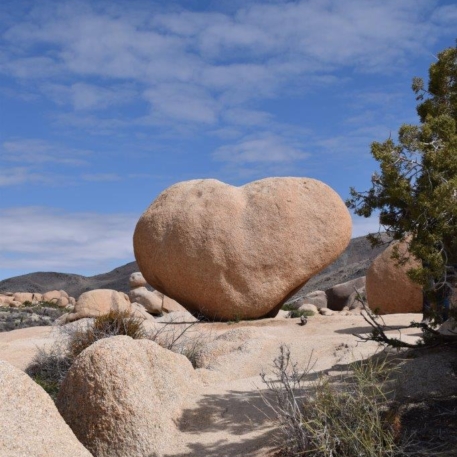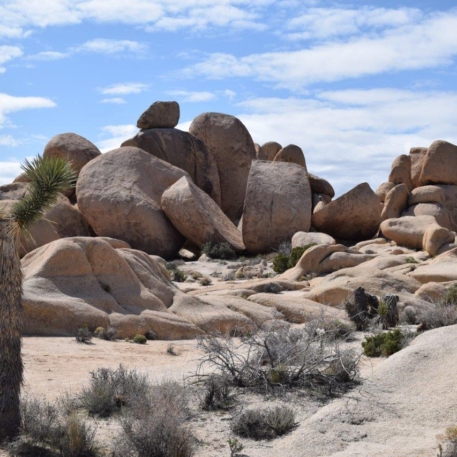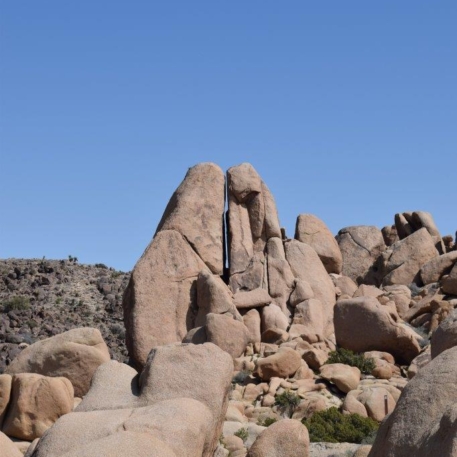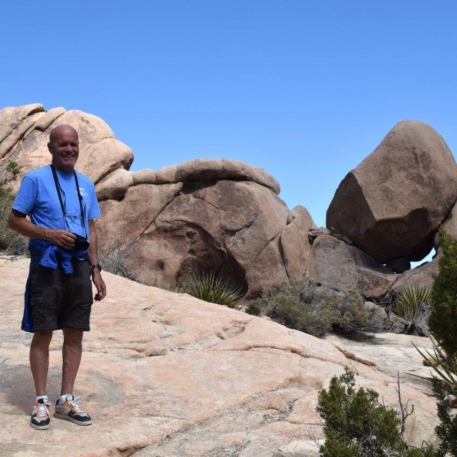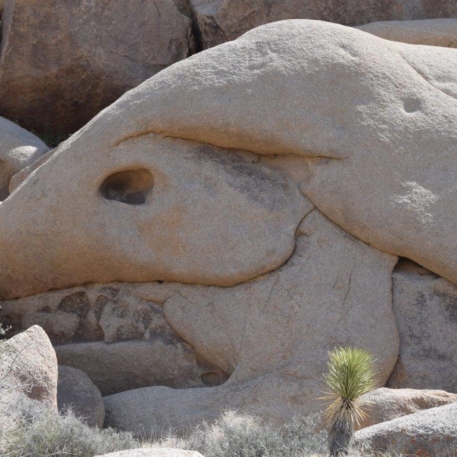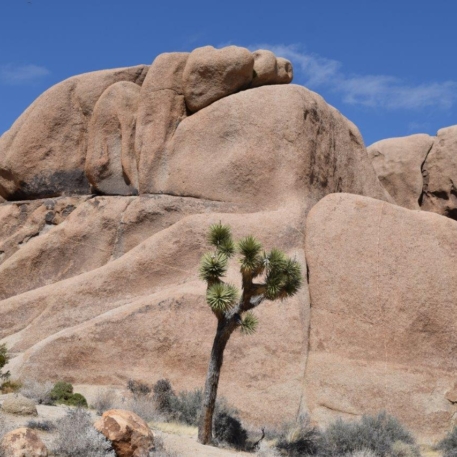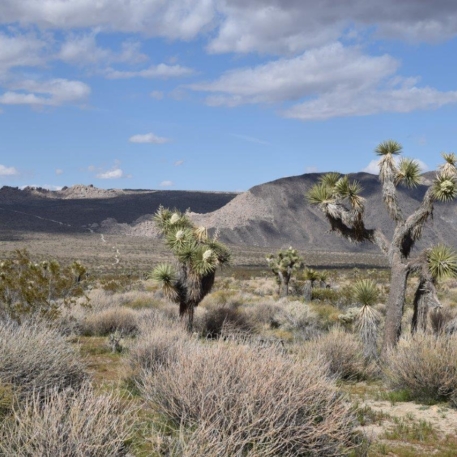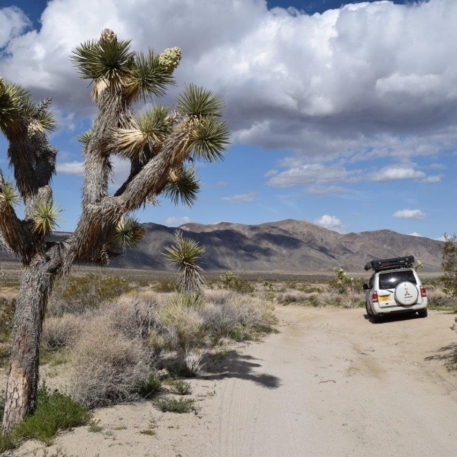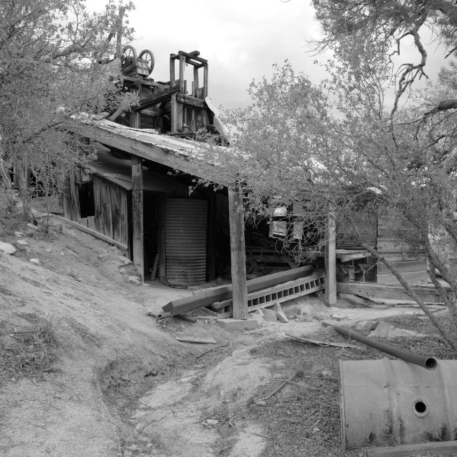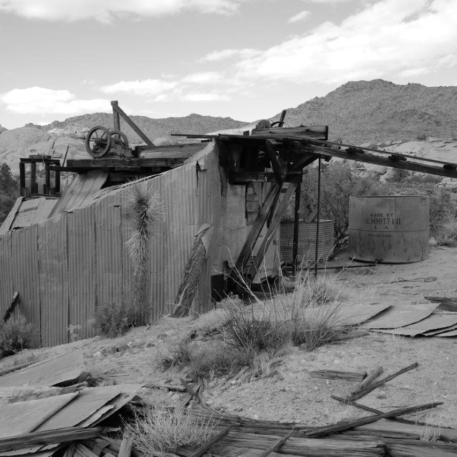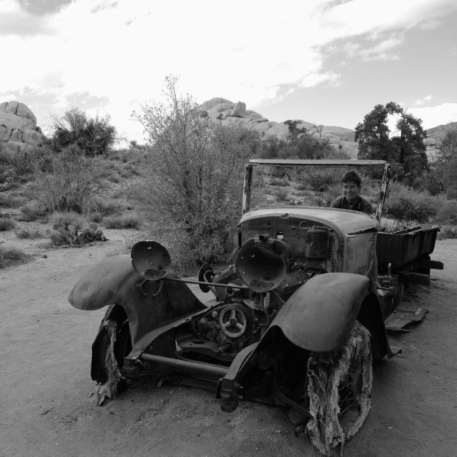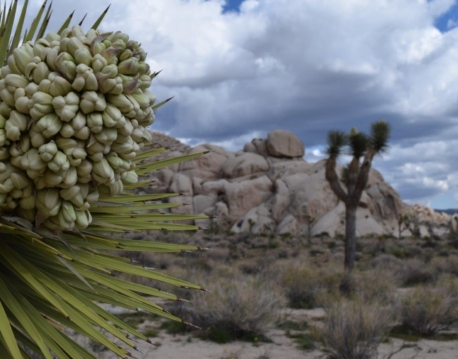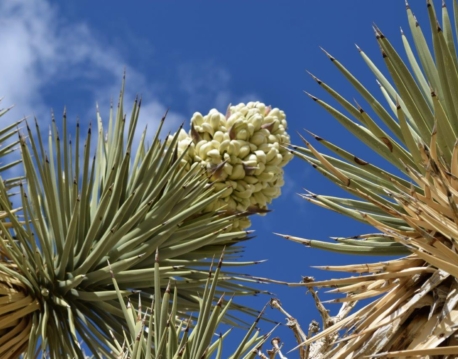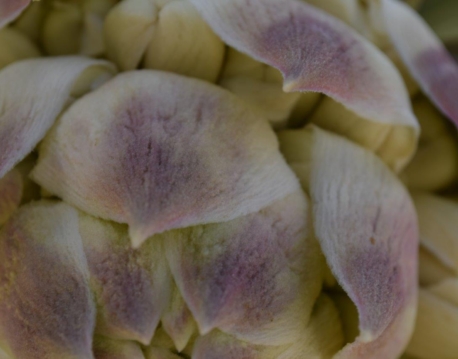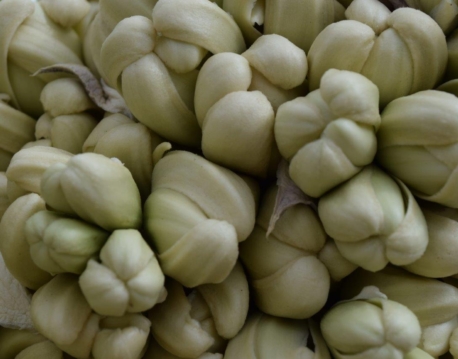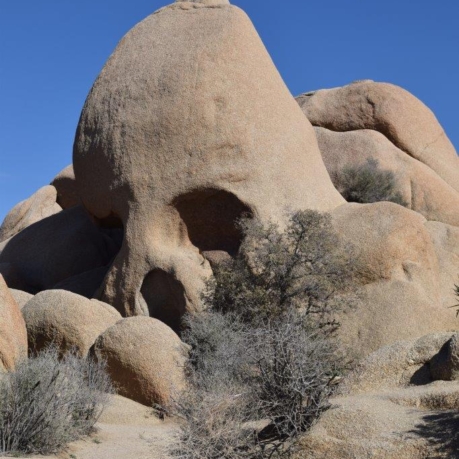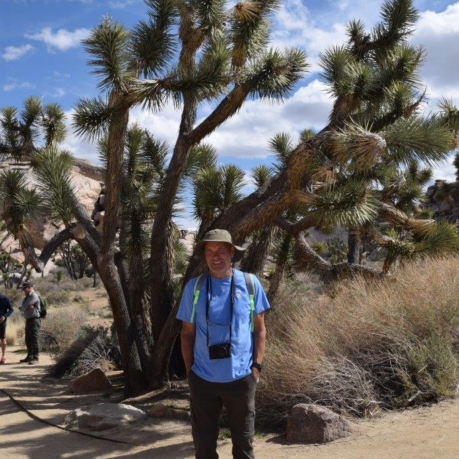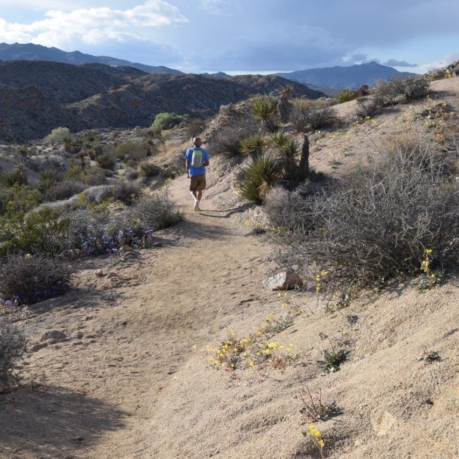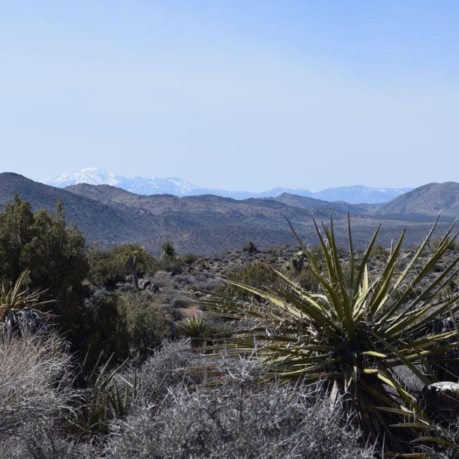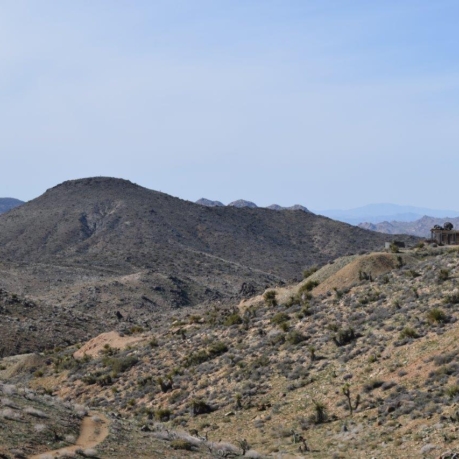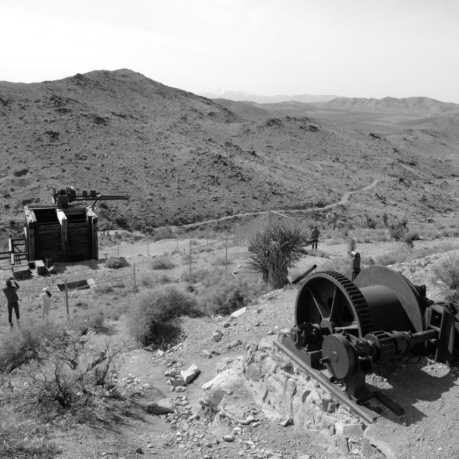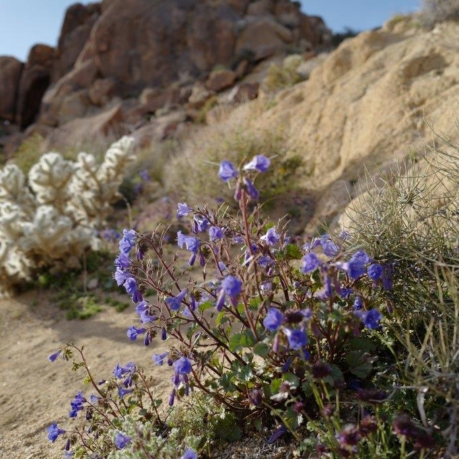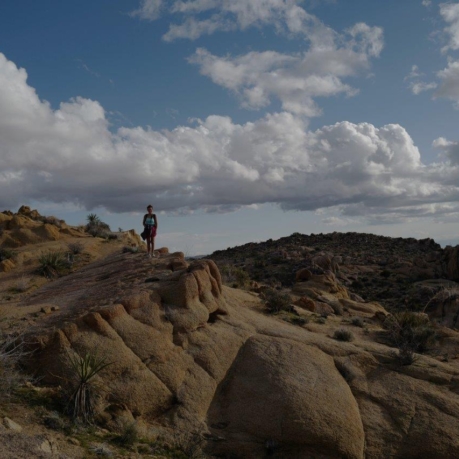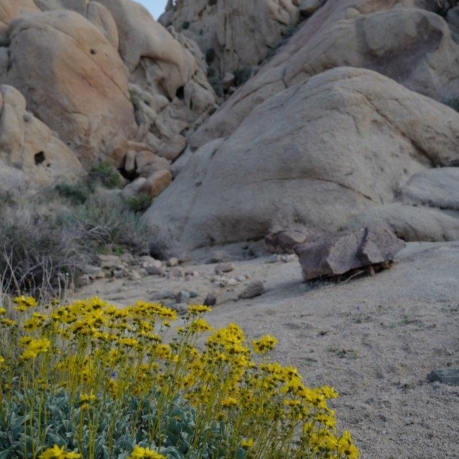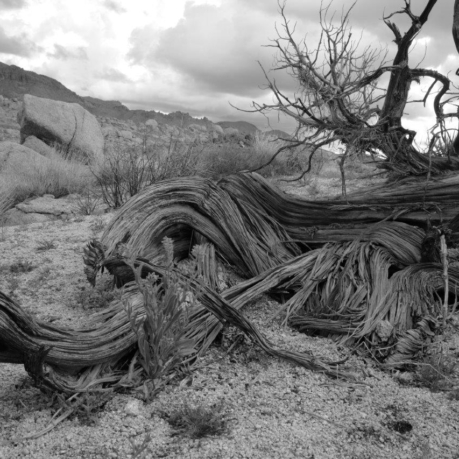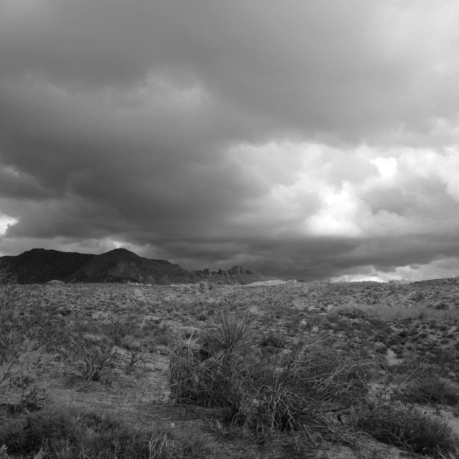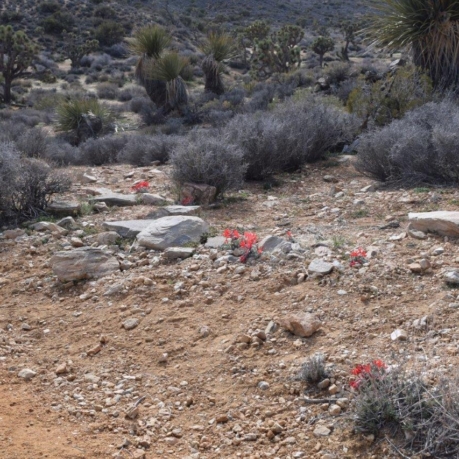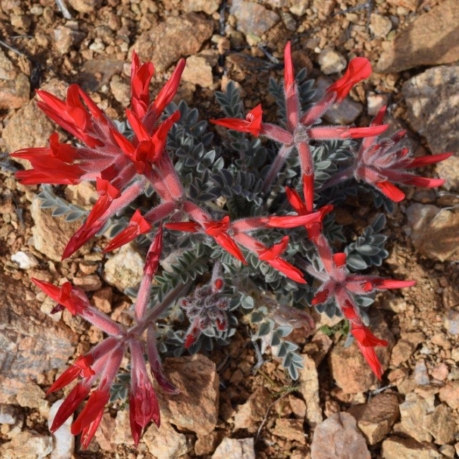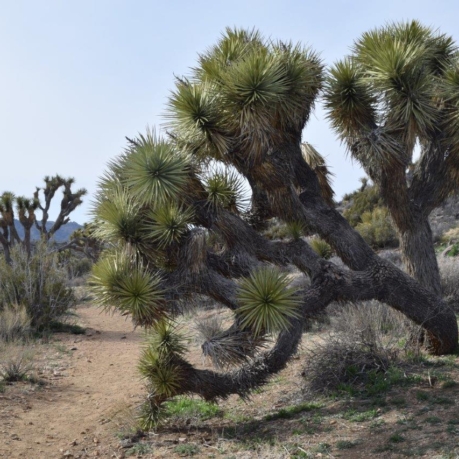March 15th – March 19th, 2023
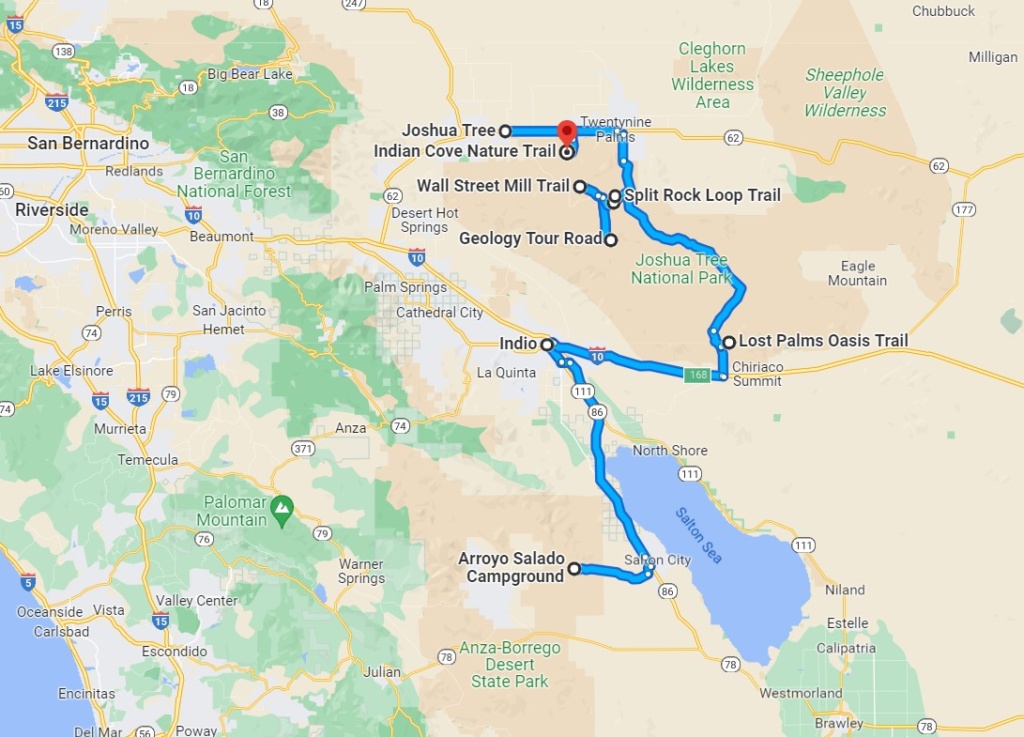
Left Anza-Borrego State Park and drove up the Coachella Valley to Indio.
Coachella Valley is home to some of the country’s best music and arts festivals, attracting people from all over the world. thanks to its mix of world-renowned musicians, up-and-coming artists, and fashion.
It is also known for its date palm plantations and we passed large plantations, where you can taste and buy dates. Harvest typically occurs from late August through October. A single tree can produce 200 to 300 pounds of fruit per year, and it can be harvested many times throughout a season, as the dates do not ripen all at once.
We stocked up on food and fuel before heading for Joshua Tree National Park.
Joshua Tree National Park is a vast protected area characterized by rugged rock formations and stark desert landscapes. Named for the region’s twisted, bristled Joshua trees, the park straddles two distinct desert ecosystems: the cactus-dotted Colorado Desert and the Mojave Desert, which is higher and cooler.
We were too late in the day to find a spot in the First come – First served ( FCFS) campground so we did a hike to the Lost Oasis.( 7.5 miles). the trail is on rolling hills through the desert before climbing down into the Lost Palms Canyon to reach the oasis. You are then rewarded with a unique desert oasis full of fan palms and a high number of desert plants along the way.
[Click on picture to open gallery]
The lake you see in the background near the end of the short video is Salton Sea.
Salton Sea
One of the world’s largest inland seas and lowest spots on earth at -227feet below sea level, Salton Sea was re-created in 1905 when high spring flooding on the Colorado River crashed the canal gates leading into the developing Imperial Valley. For the next 18 months the entire volume of the Colorado River rushed downward into the Salton Trough (San Andreas Fault). By the time engineers were finally able to stop the breaching water in 1907, the Salton Sea had been born at 45 miles long and 20 miles wide – equaling about 130 miles of shoreline.
Last night we slept just outside the Park on BLM land ( with many other campers as facilities in the park are fully booked!), between US 10 and the park southern limit on below map.In the morning, we left as soon as we woke up and made a beeline to the FCFS campground and managed to get a spot. The ranger came along just before 9 am and we booked for 4 nights!! ($15 per night), not a bad deal, each site has its own picnic table and fire pit/bbq and a couple of vault toilets serve the 15 sites. ( you have to bring your water as it is scarce in this region and is only available at visitor centres in the park).
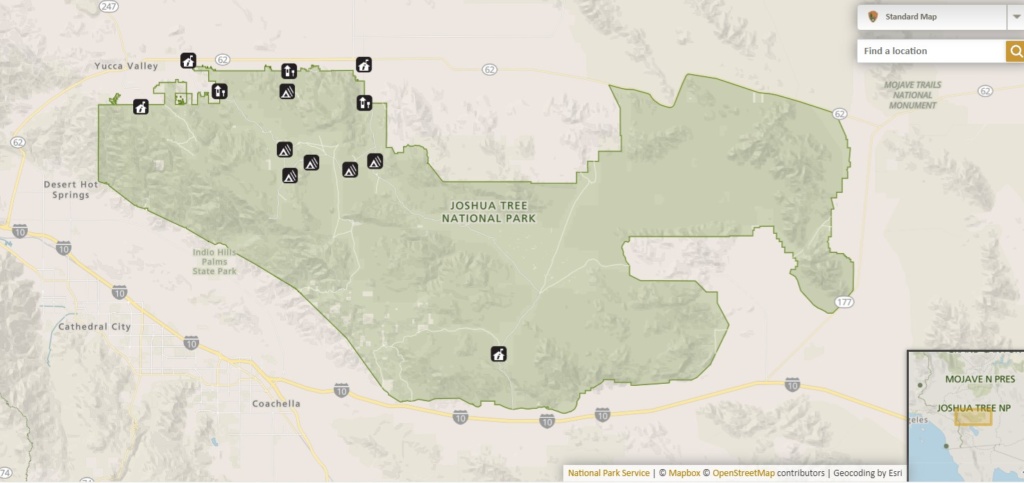
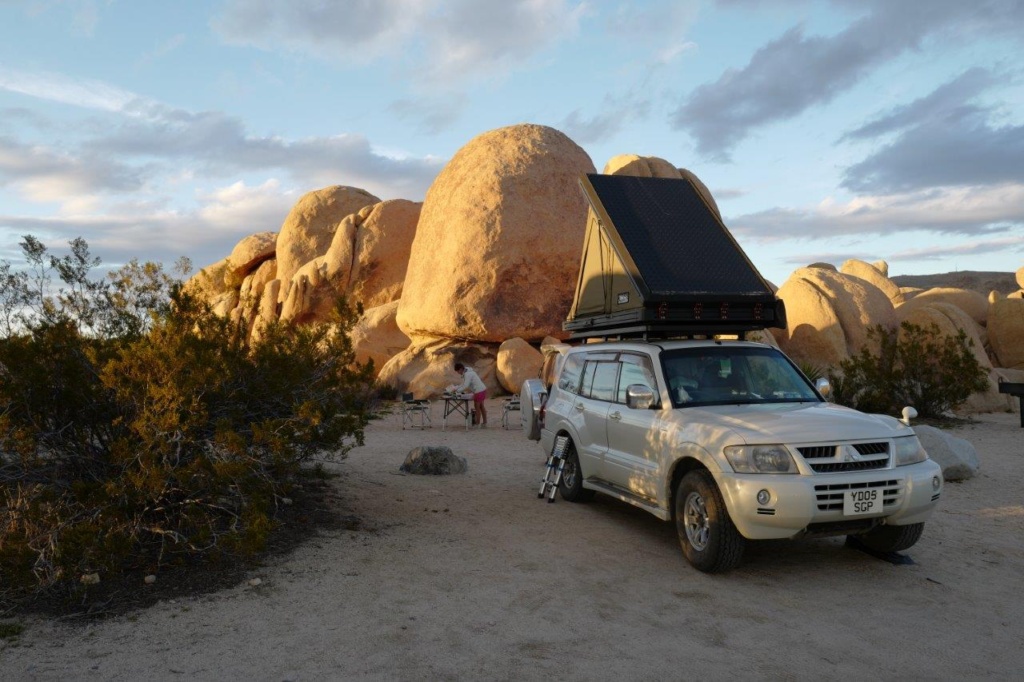
Our campground is very close to Arch Rock so spent an hour or so exploring the rock formations nearby. We also did Split Rock and Wall Street Mill trails and drove Geology Tour Road.
[Click on picture to open gallery]
JOSHUA TREE – the plant
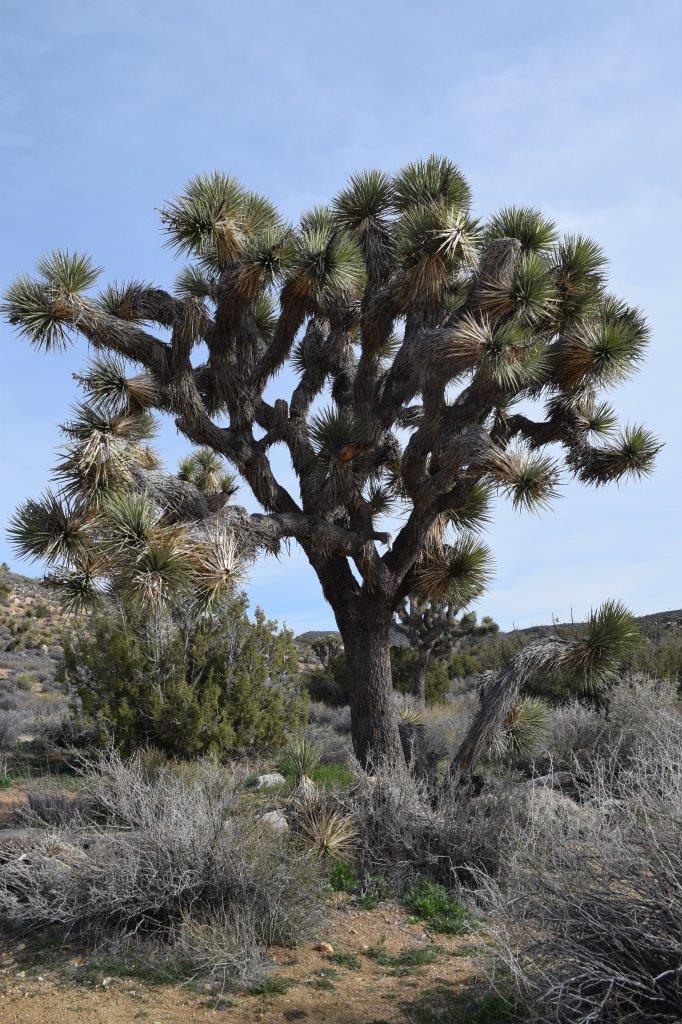
This plant (Yucca brevifolia ) belongs to the yucca species family and its tree-like in habit, is reflected in its common name. By the mid-19th century, Mormon immigrants had made their way across the Colorado River. Legend has it that these pioneers named the tree after the biblical figure, Joshua, seeing the limbs of the tree as outstretched in supplication, guiding the travelers westward.
The average lifespan of a Joshua tree is estimated at 150 years, but older trees exceeding 300 years old have been recorded. Younger plants lack the distinctive branching of older specimens. It is a fast growing succulent that can grow around 12 inches (30 cm) a year.
The fruit of the Joshua Tree is green and brown, and is 2.5 to 2 inches long. Soon after the Joshua Tree Tree’s fruit matures in late spring, it will fry and fall off the branches. When the fruit falls it lets off many flat seed.
Joshua tree is a Mojave Desert endemic. Its distribution follows the Mojave Desert boundary in southern Nevada, southwestern Utah, western Arizona, southeastern California ( and northern Baja California – Mexico).
We were in early spring and some of the trees had big buds starting to open.
[Click on picture to open gallery]
Some of the highlights of the next couple of days were, a ranger guide tour at Cap Rock ( explaining the origin of the park), Skull Rock, Lost Horse Mine Trail (7.3 miles) and a visit to Joshua Tree and Twenty Nine Palms towns on the northern side of the park.
[Click on picture to open gallery]
